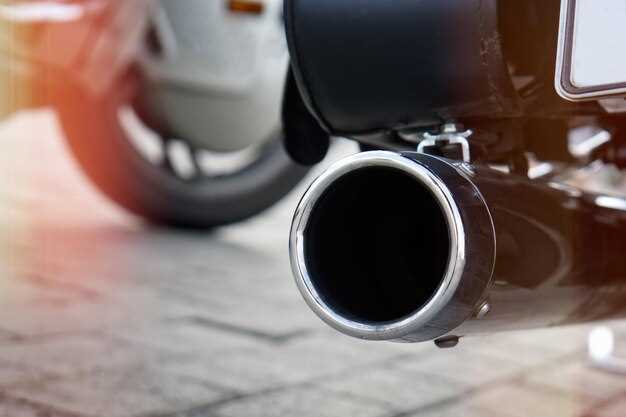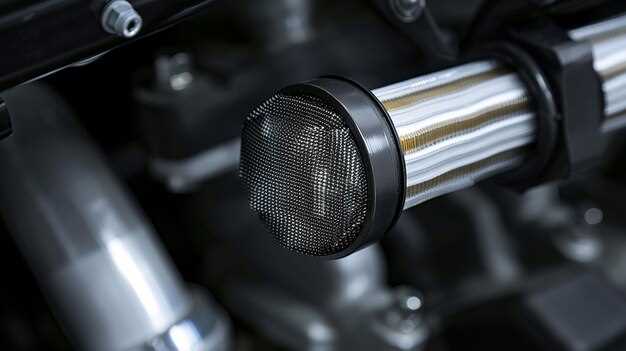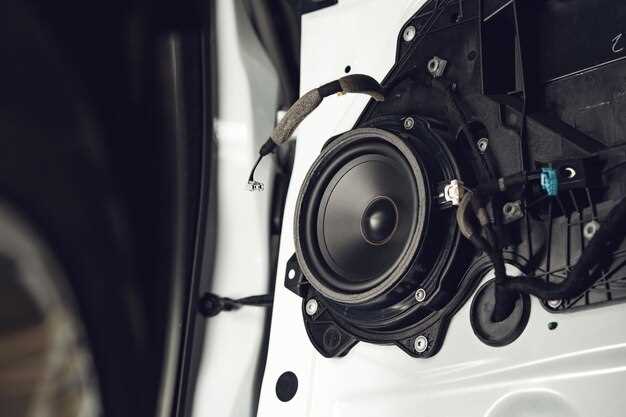
The exhaust system of a vehicle plays a crucial role not only in its overall performance but also in the sound it produces. Upgrading your exhaust system can significantly enhance both these aspects, making your driving experience more enjoyable and dynamic. Whether you’re a performance enthusiast looking to increase horsepower or simply aiming to achieve a more aggressive sound, understanding the options available for upgrading your exhaust is essential.
A stock exhaust system is designed with restrictions that prioritize emissions control and noise regulation. As a result, many car enthusiasts seek to replace or modify their exhaust systems for improved performance. By installing a high-performance exhaust, you can reduce back pressure, allowing your engine to breathe more freely and ultimately enhancing power output. This upgrade often results in better throttle response and can improve fuel efficiency, making it a win-win for both performance-oriented drivers and those who appreciate economical driving.
On the other hand, the auditory experience of your vehicle is just as important to many drivers. A factory exhaust typically prioritizes quiet operation over sound quality. Upgrading to a performance exhaust system can produce a more satisfying and aggressive sound that reflects your vehicle’s capabilities. This change not only adds an element of excitement to your driving experience but also creates a unique identity for your vehicle.
Ultimately, whether your primary goal is to boost performance or to achieve a more thrilling sound, selecting the right exhaust upgrade is vital. In this article, we will explore the various types of exhaust systems available, their benefits, and what to consider when making this upgrade.
Choosing the Right Exhaust Components for Desired Sound

When upgrading your exhaust system, selecting the right components is crucial for achieving the desired sound profile. The main elements that influence exhaust sound include the type of muffler, exhaust pipe diameter, and any resonators included in the system.
Mufflers are perhaps the most significant factor in shaping exhaust sound. There are several types of mufflers, each offering a different tone. For instance, chambered mufflers produce a deep, aggressive sound, while straight-through mufflers provide a louder, more unrestrained tone. Consider your personal preference and the type of driving experience you seek when choosing a muffler.
Exhaust pipe diameter also plays a vital role in sound characteristics. A larger diameter can decrease back pressure, often resulting in a louder, more aggressive sound. However, too large of a diameter can lead to a raspy tone or a loss of low-end torque. It’s essential to balance the pipe size with your engine’s requirements to achieve the best sound without sacrificing performance.
Resonators can be added or removed to fine-tune the exhaust sound further. They work by canceling out certain sound frequencies, which can help eliminate unwanted drone inside the cabin. Selecting the right resonator can enhance the overall quality of the exhaust note, making it deeper and more refined.
Lastly, consider the material of the exhaust components. Stainless steel is known for its durability and resistance to corrosion, while mild steel may produce a different sound character as it ages. The choice of material can subtly affect the exhaust note over time.
In conclusion, when aiming for a specific exhaust sound, pay attention to the interplay of mufflers, pipe diameter, resonators, and materials. Each component contributes to creating the ideal auditory experience that matches your vehicle’s performance and your personal taste.
Performance Benefits of a High-Quality Exhaust System
Investing in a high-quality exhaust system can lead to significant performance enhancements in your vehicle. Below are some key benefits that come with upgrading your exhaust:
- Increased Horsepower: A high-performance exhaust system helps to improve engine breathing by reducing backpressure. This allows for more efficient airflow, resulting in increased horsepower and torque.
- Improved Fuel Efficiency: Enhanced exhaust flow can lead to better combustion efficiency. As the engine expends less energy on expelling gases, it can operate more efficiently, often translating to improved fuel mileage.
- Enhanced Throttle Response: Upgrading your exhaust system can result in quicker throttle response. This is due to reduced restrictions in exhaust flow, allowing the engine to react more rapidly to driver inputs.
- Weight Reduction: Many high-quality exhaust systems are made from lighter materials such as aluminum or stainless steel. A lighter exhaust system can contribute to overall weight reduction, positively impacting handling and acceleration.
- Better Engine Sound: While performance is a primary focus, a high-quality exhaust system can also provide a more aggressive and appealing engine sound. This can enhance the driving experience without compromising performance.
- Durability and Longevity: High-quality exhaust systems are typically designed to withstand harsher conditions and resist corrosion. This durability ensures long-term performance and reliability, reducing the need for frequent replacements.
- Potential for Customization: Upgrading to a superior exhaust system may offer opportunities for further customization, such as integrating catalytic converters or resonators that fine-tune performance according to your specific driving style.
In conclusion, a high-quality exhaust system not only boosts performance metrics like horsepower and fuel efficiency but also enhances the driving experience through improved sound and responsiveness. Consider these benefits when planning your next upgrade.
Installation Tips for Optimal Exhaust System Functionality

When considering an upgrade to your exhaust system, proper installation is crucial for achieving optimal functionality and performance. Begin by selecting high-quality components that are compatible with your vehicle to ensure efficient exhaust flow and enhanced sound.
Before starting the installation, gather necessary tools such as a jack, jack stands, wrenches, and a torque wrench. Ensure that you are working in a well-ventilated area and take appropriate safety precautions, including wearing gloves and goggles. This will enhance your experience and protect you during the upgrade process.
Clear access to the underbody of your vehicle is essential. Raise your car using a jack and secure it with jack stands. Inspect the existing exhaust system for any rust or damage, as this may affect installation. Removing old components carefully is important to avoid any damage to surrounding parts.
When fitting new parts, utilize a high-temperature sealant on joints and connections to prevent leaks, which can hinder performance. Ensure that all bolts are tightened to the manufacturer’s specifications using a torque wrench to maintain structural integrity and optimal exhaust flow.
Position your new exhaust system correctly and check for clearance issues, especially with heat shields and the chassis. Proper alignment will minimize vibrations and unwanted noises post-installation. Once everything is in place, double-check all connections to ensure there are no loose ends that could compromise performance.
After installation, start your vehicle and listen for any unusual sounds that may indicate a misalignment or leak. Take the vehicle for a test drive to evaluate the improved sound and performance. Regularly inspect your exhaust system post-installation to maintain its functionality and ensure that your upgrade continues to perform at its best.



